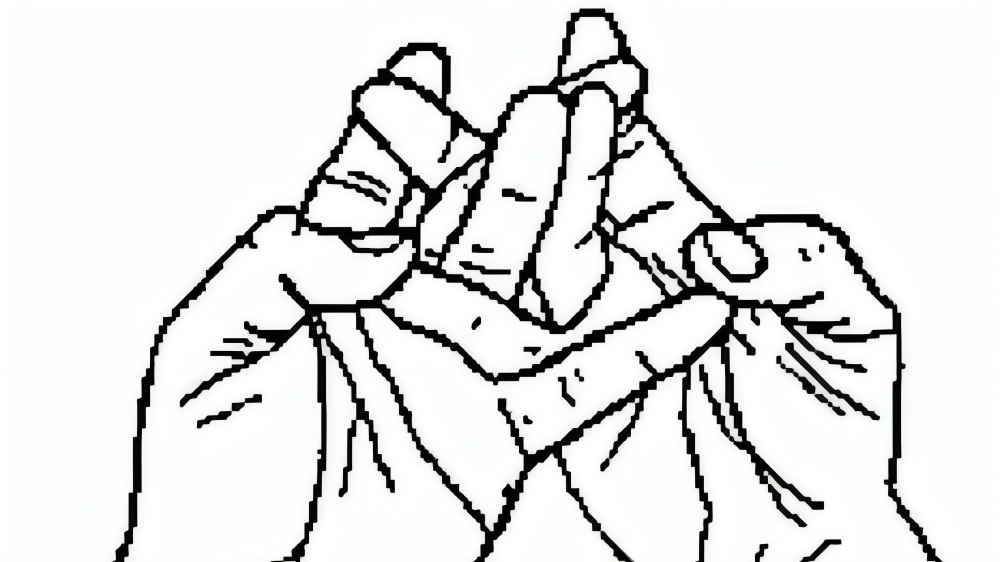
What is Mandala Mudra?
The word Mandala Mudra means, in Sanskrit, a symbolic hand gesture of the universe and the interdependence of everything in it. It is said to serve as a balancing and harmonizing agent for the mind, body, and spirit into wholeness. This mudra deepens one’s meditation processes by connecting with oneself and the universe on a deeper level.
How to Do the Mandala Mudra
Assume a Comfortable Position: Sit easily on the floor cross-legged or on a chair-seated, with feet touching the floor. Keep your back straight and your shoulders relaxed.
Bring Awareness to Your Breath: Take a few deep breaths into your space. Inhale deeply through your nose, hold for a moment, and then exhale slowly through your mouth. Release tension or stress on each exhale.
Assume the Mudra: Put the hands in front of the chest, with your palms facing one another. Interlock the thumb tip with the little fingers and make a circle, keeping the remaining fingers straight but not tense.
Hold the Position: Locate the mudra in front of your chest or at the level of your heart. Close your eyes if it feels comfortable, and focus on sensations in the hands and energy around the heart.
Breathe and Meditate: Continue deepening and evening out the breathing, focusing on the mudra and the breath. One can hold this position for a length of time appropriate to their comfort, usually anywhere between 5 to 15 minutes.
Benefits of the Mandala Mudra
Balances Energy: It is said that the Mandala Mudra brings energies in the body into balance and hence is very harmonious, being a beneficial path for the well-being of an individual. One can do it at any time when they feel out of balance in the physical and emotional body.
Reduces Stress and Anxiety: Practicing this mudra will help to quieten the mind and reduce stress and anxiety. The focused breathing, coupled with the positioning of the hands, creates a sense of grounding and peace.
Improves Mindfulness: The practice of the Mandala Mudra calls for being mindful, that is, being in the here and now. You become more observant of your thoughts, emotions, and physical sensations.
Supports Spiritual Connection: For many people, Mandala Mudra is a spiritual practice that connects them with themselves and often with higher powers; thus, it may turn out to be an instrumental tool for those people in their search for spiritual growth and knowledge.
It’s here Kalesvara Mudra How to do it and what are the Benefits
FAQs
1. How often should I practice the Mandala Mudra?
Well, that totally depends! You could practice the Mandala Mudra every day, every week, or really any time you want to balance your energy and center yourself.
2. Am I allowed to perform the Mandala Mudra while lying down?
Even though Mudra Mandala is performed while sitting, you could do it much more comfortably while lying down. Your body, of course, should be relaxed, and your focus-absolute concentration on your breath.
3. Should I use both hands while performing the Mandala Mudra?
Yes, the Mandala Mudra is traditionally performed with both hands, as such mudra signifies wholeness and unity in its round form.
4. Can beginners practice the Mandala Mudra?
Yes, of course, the Mandala Mudra is easy and thus may be learnt by anyone be you experienced or a fresher. It is great for people who are beginning meditation and mudras.

